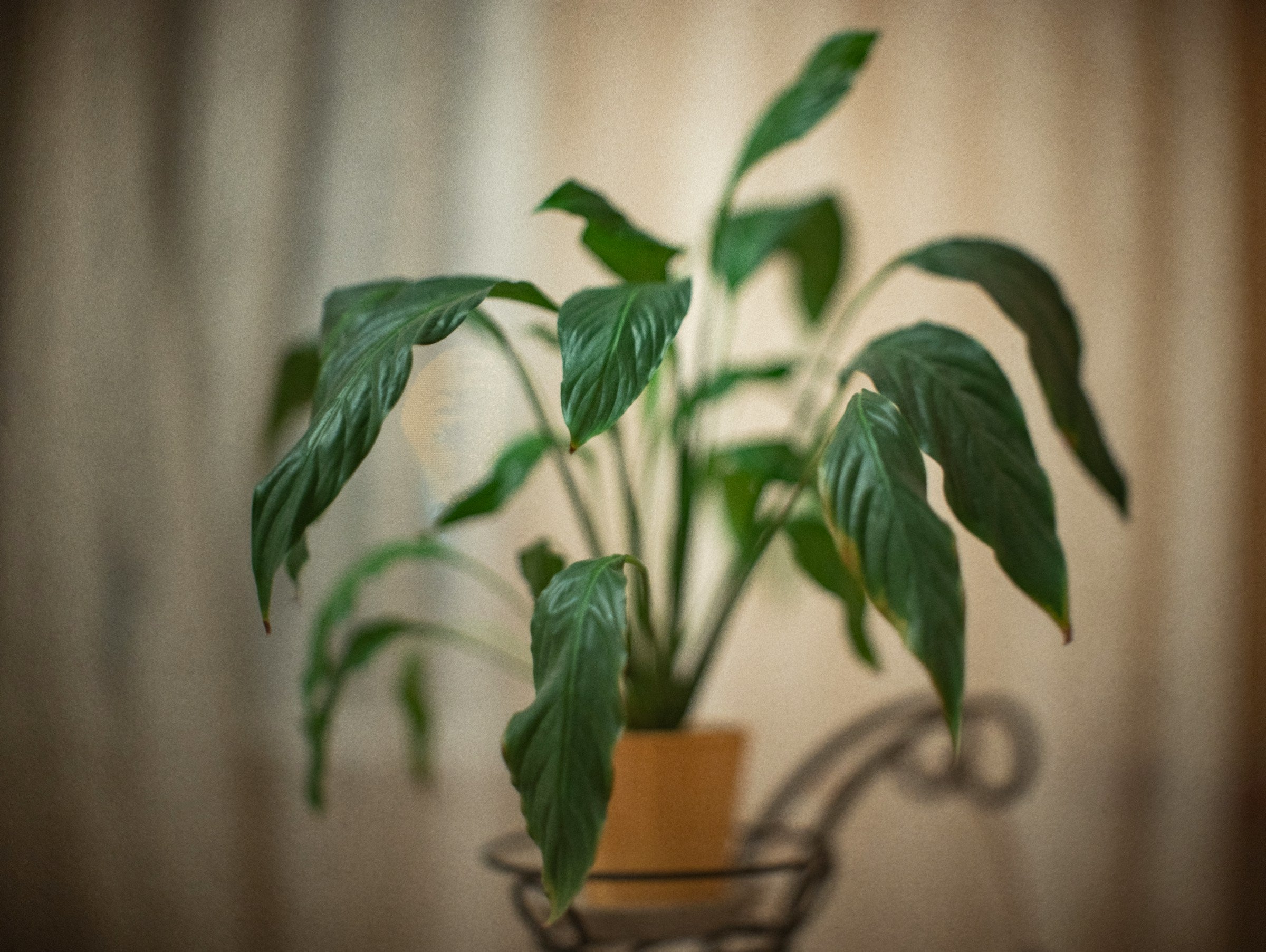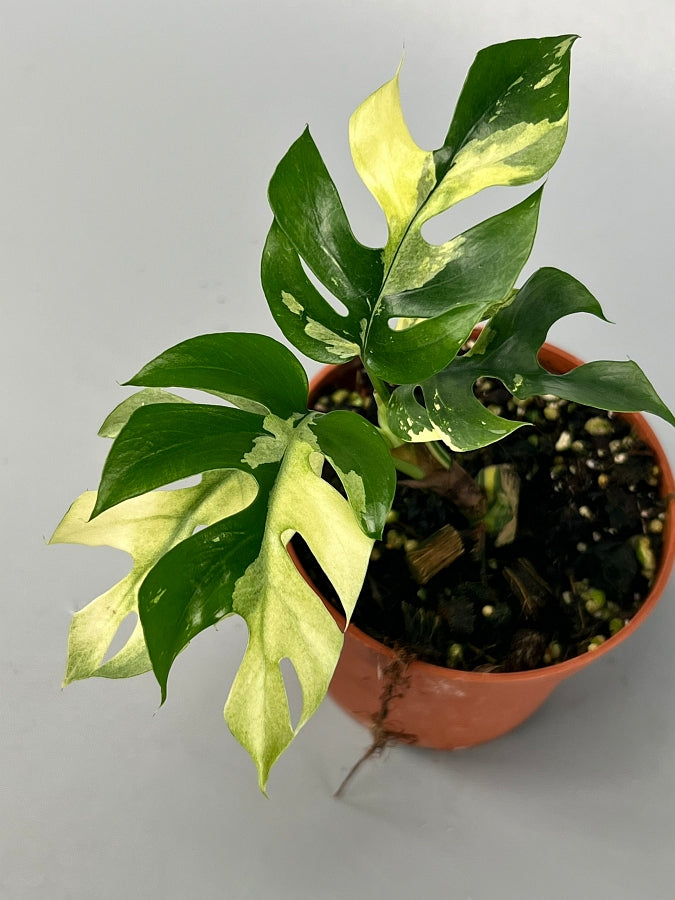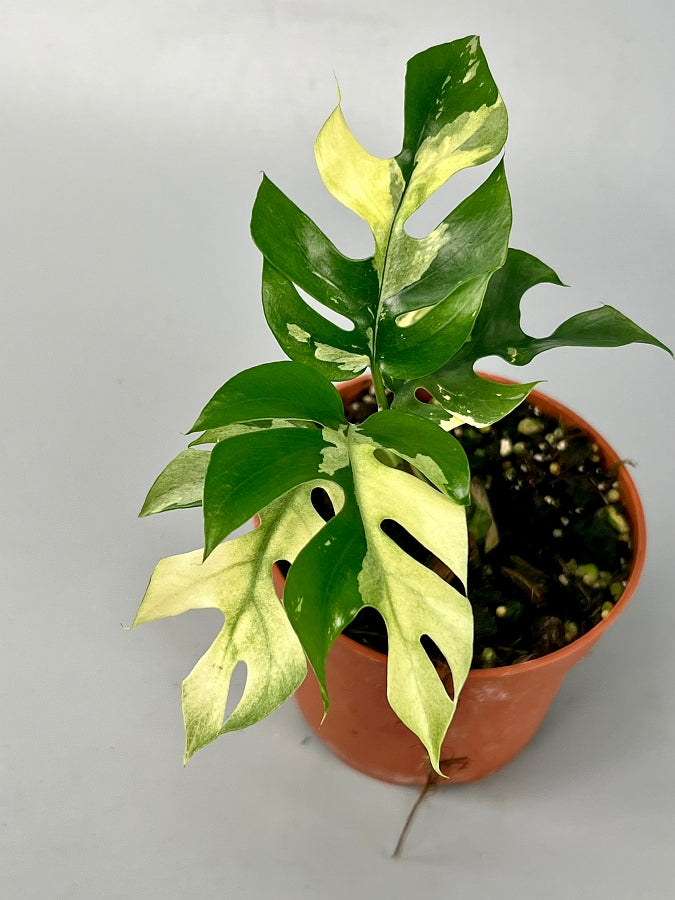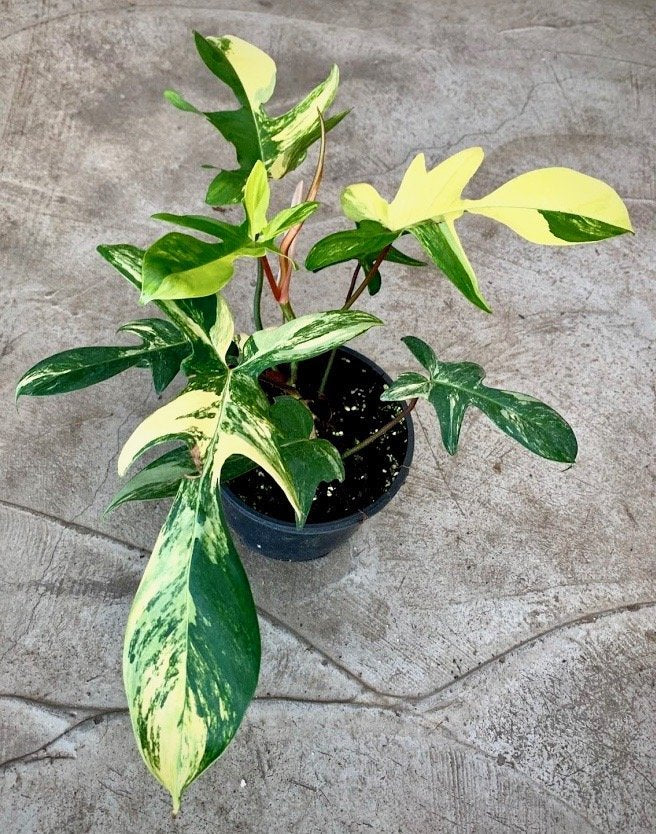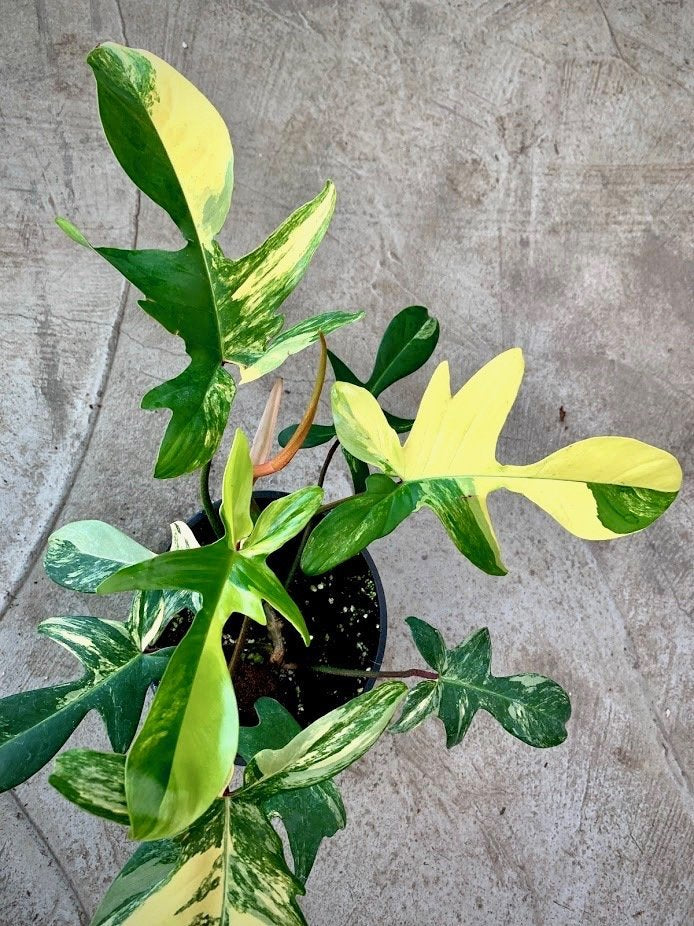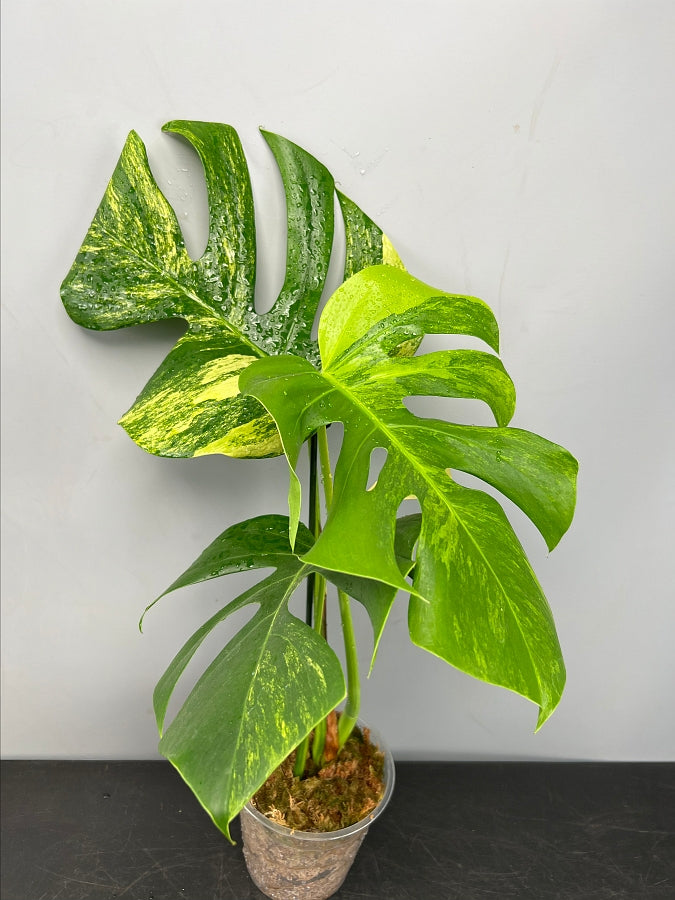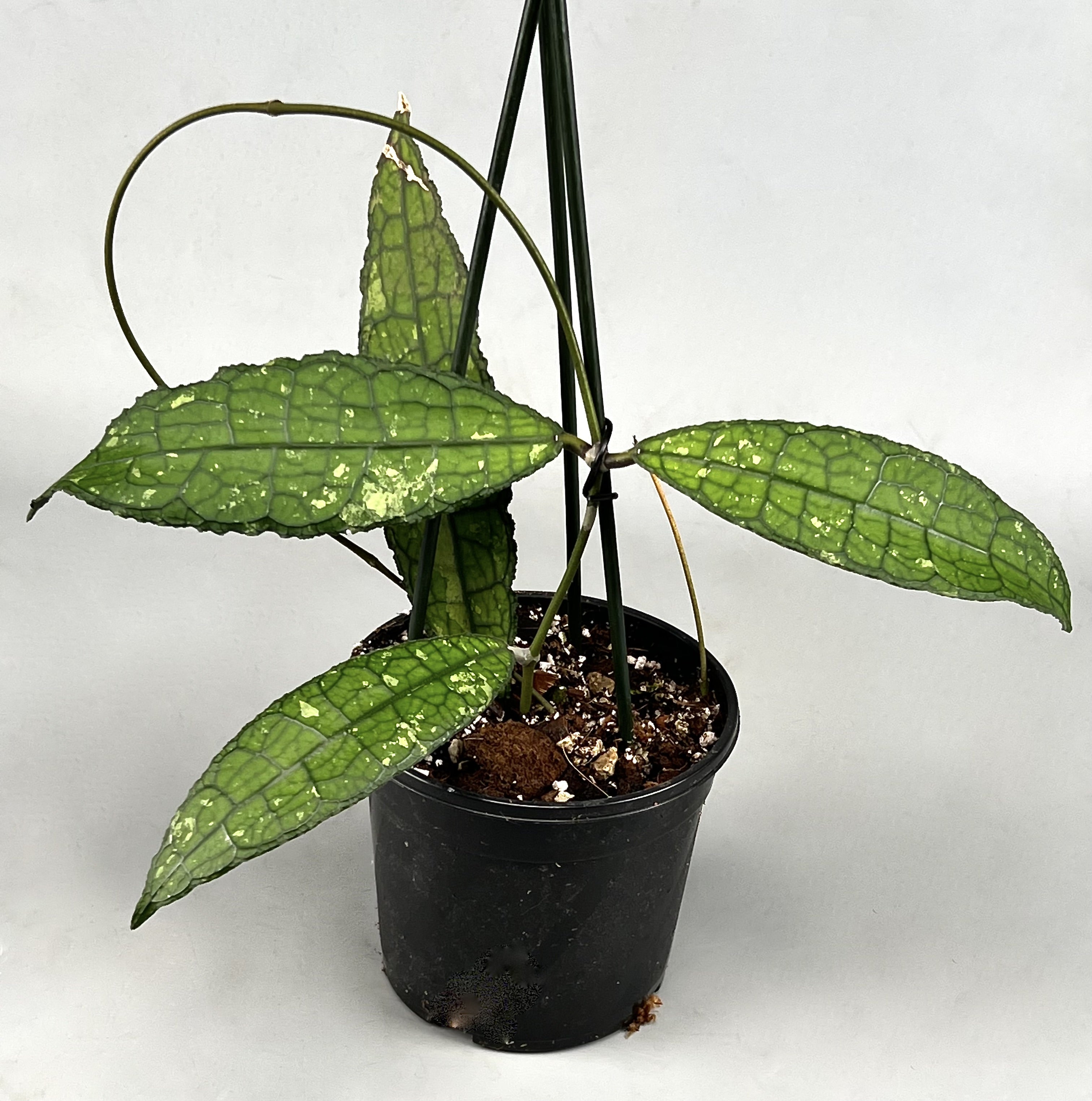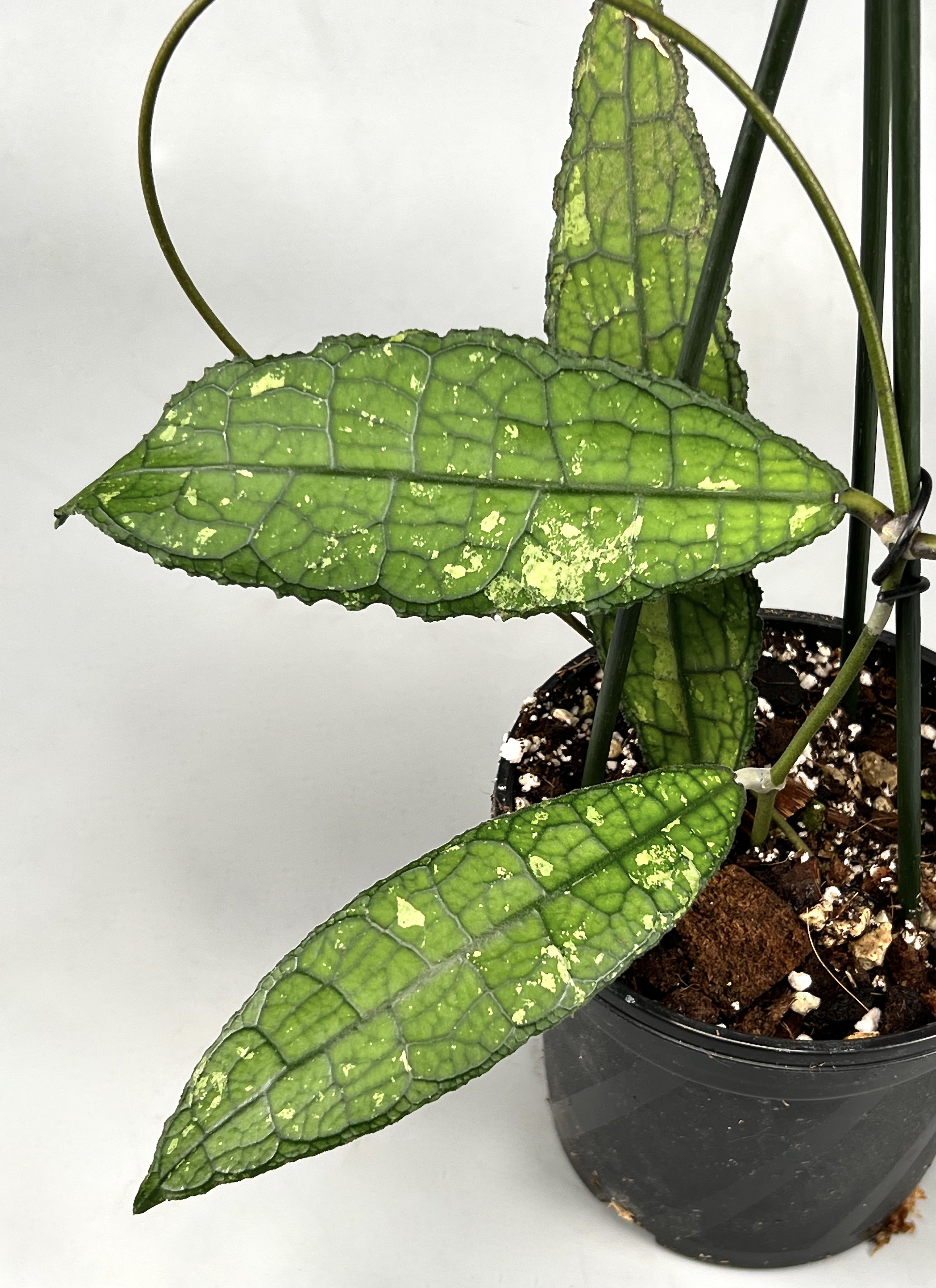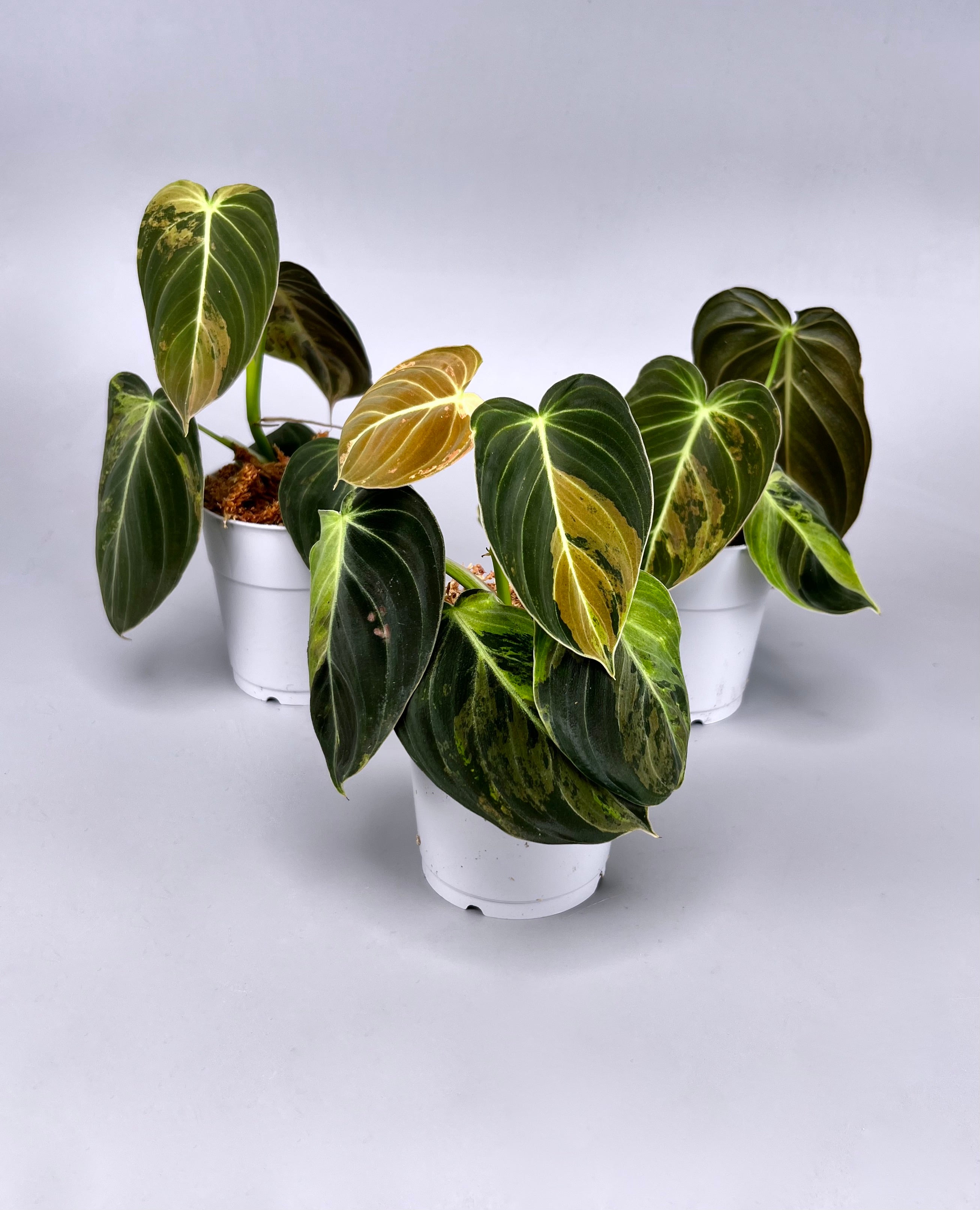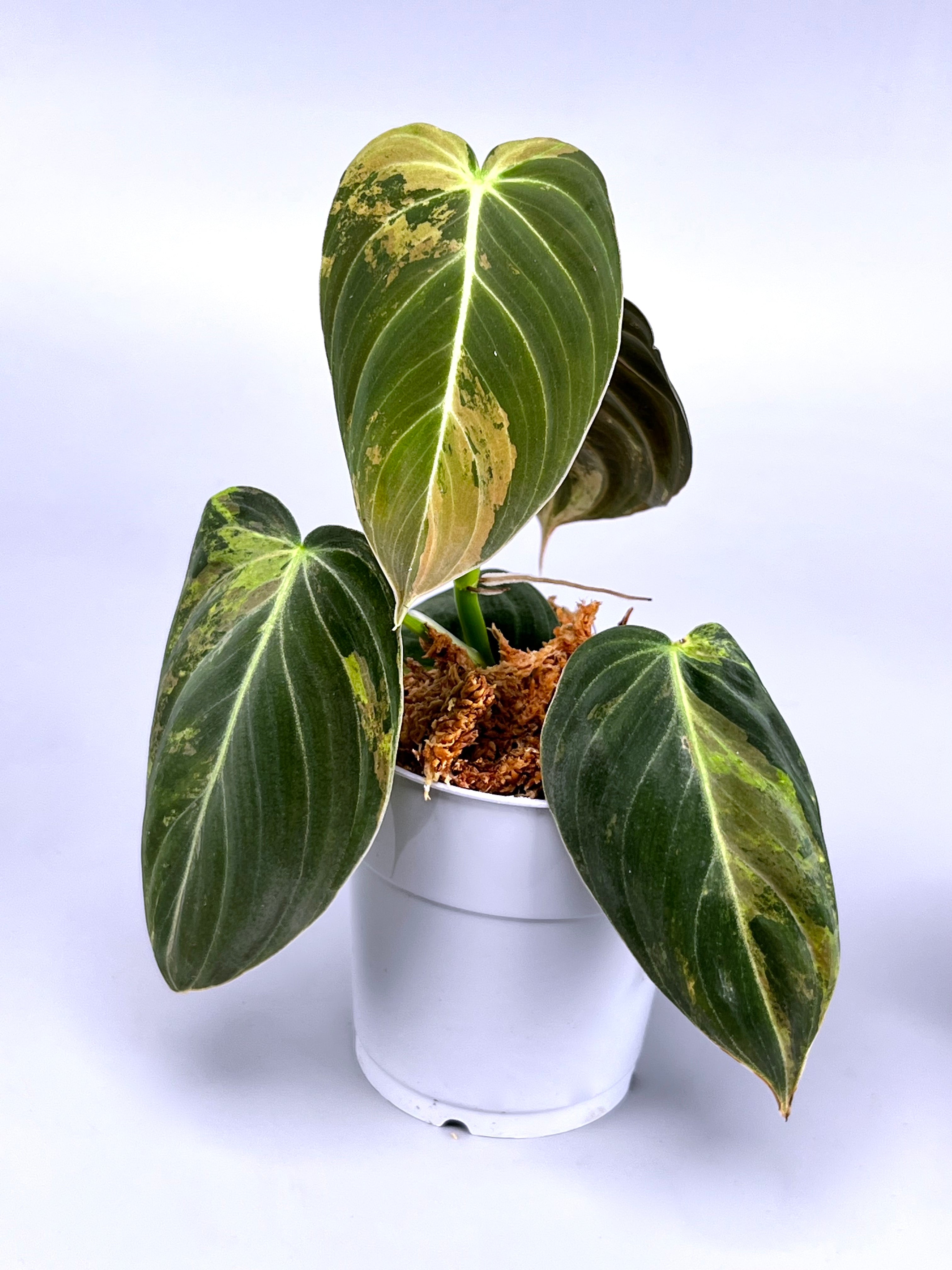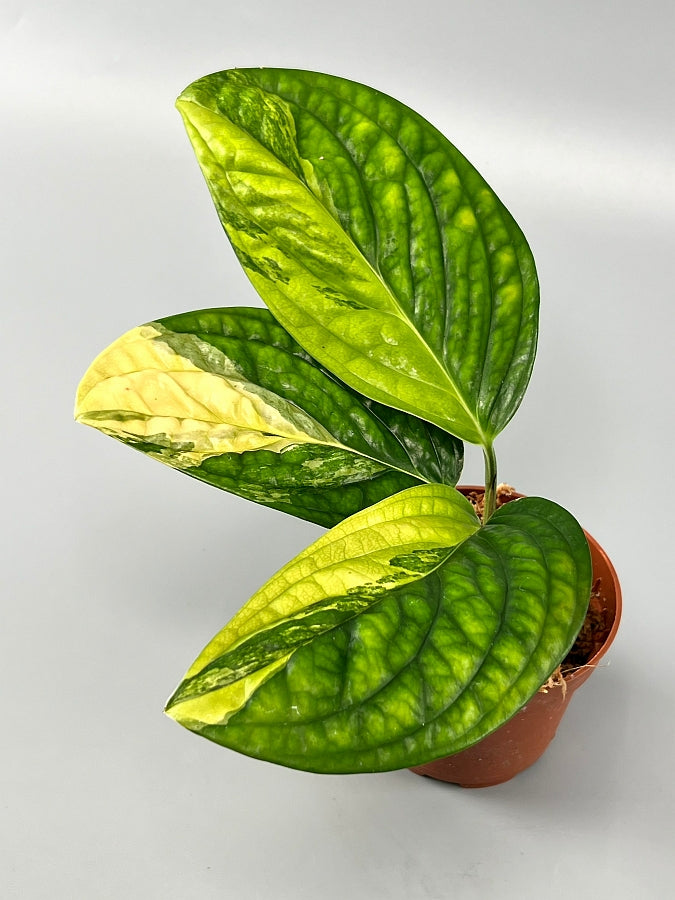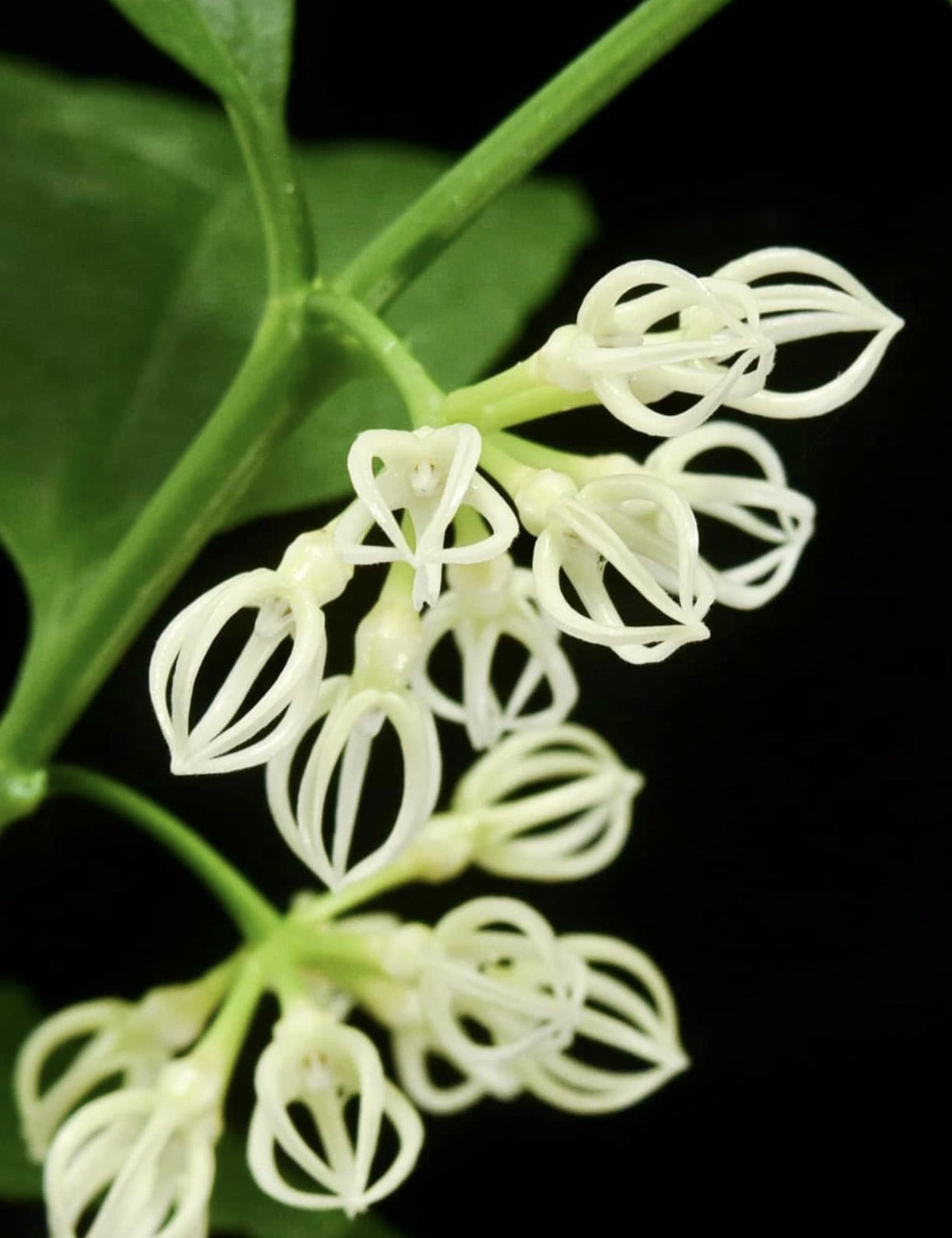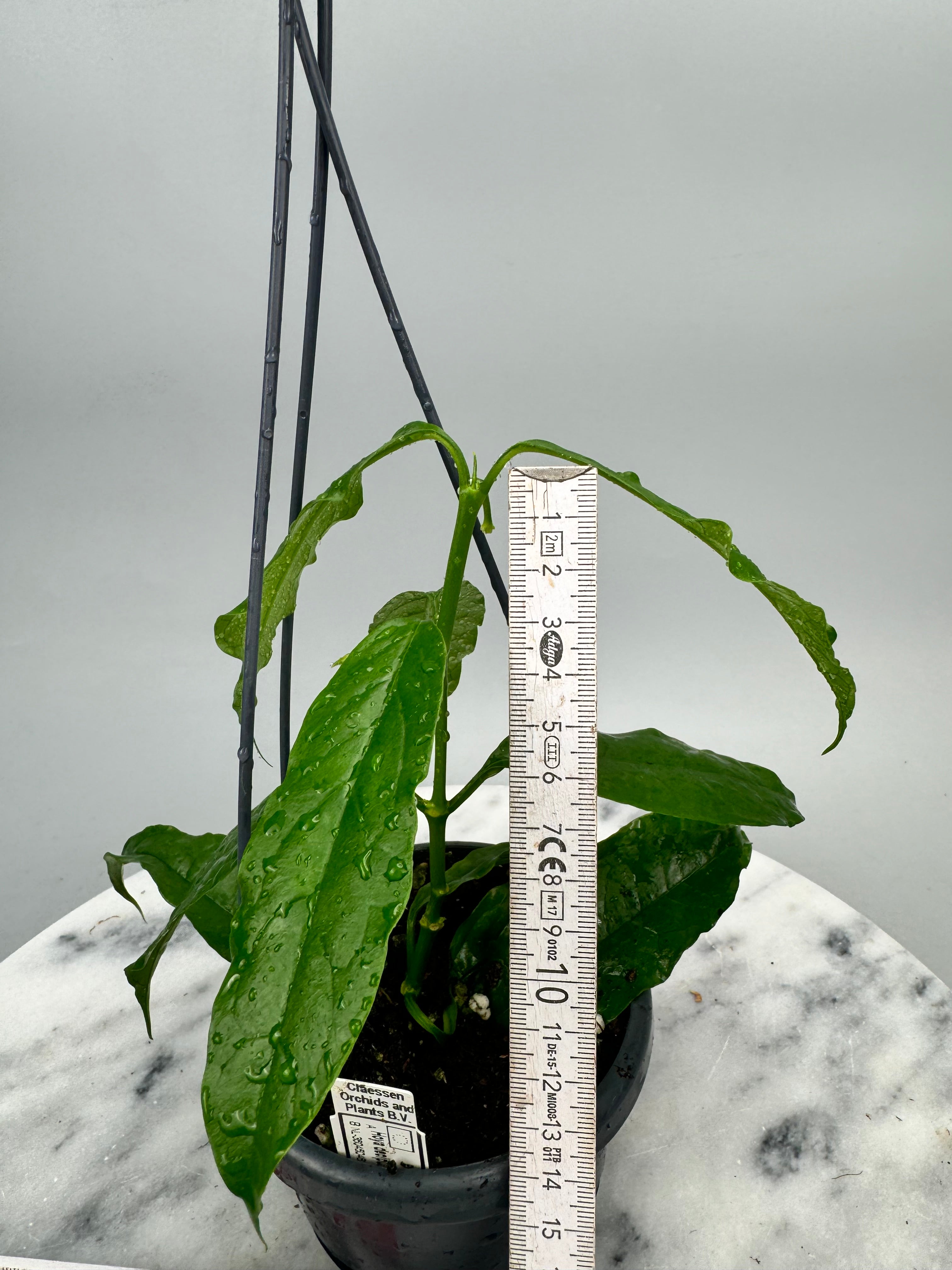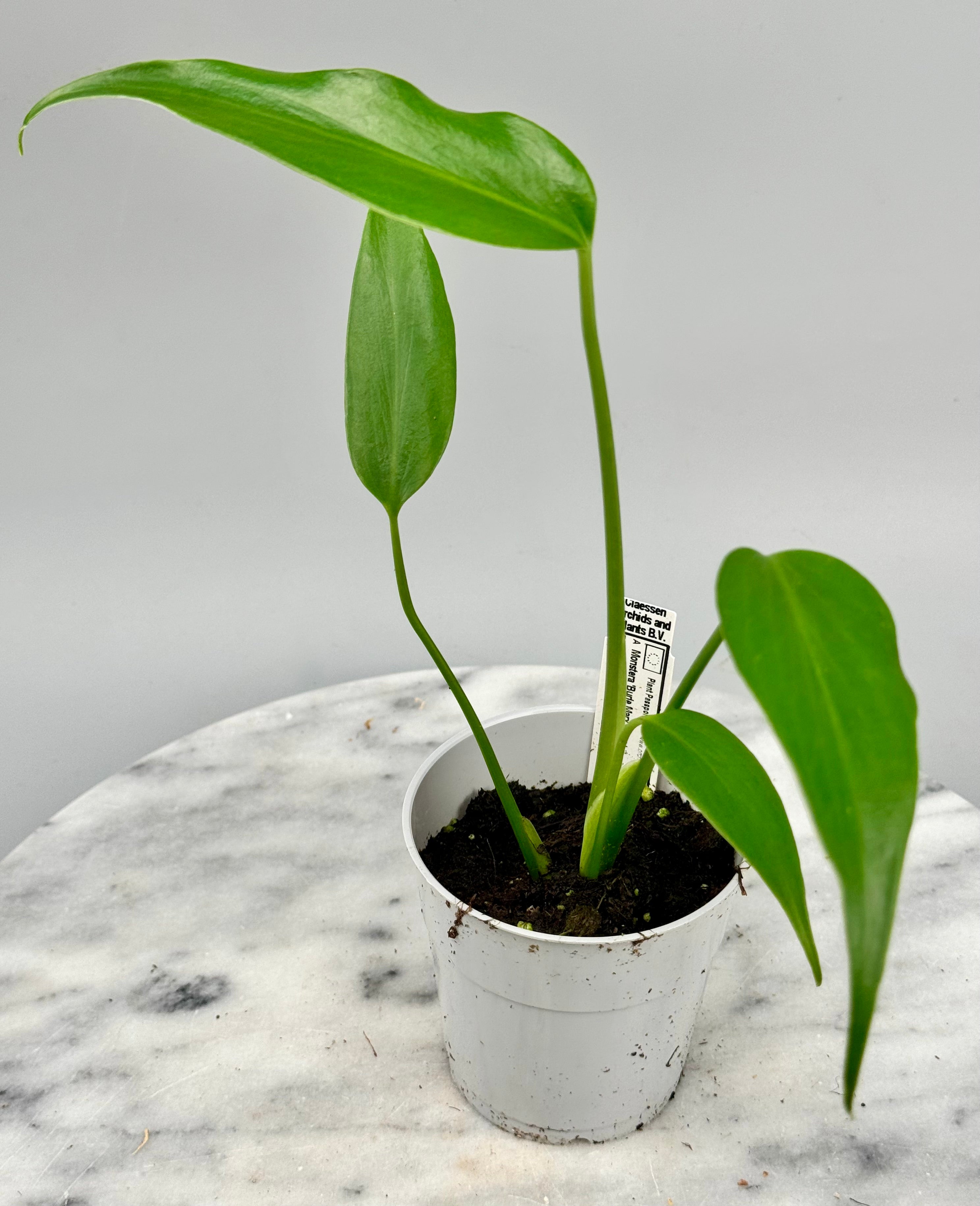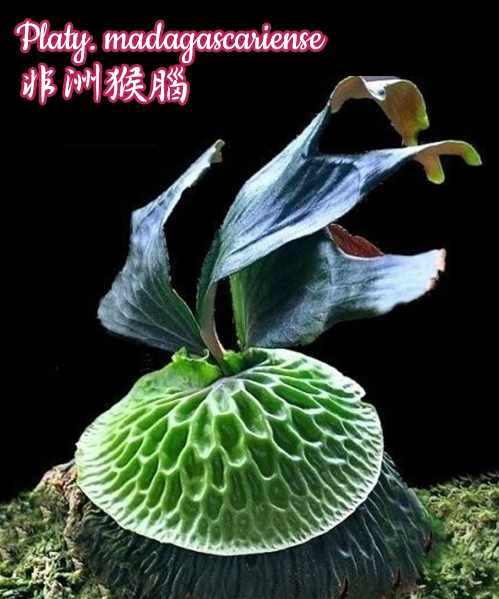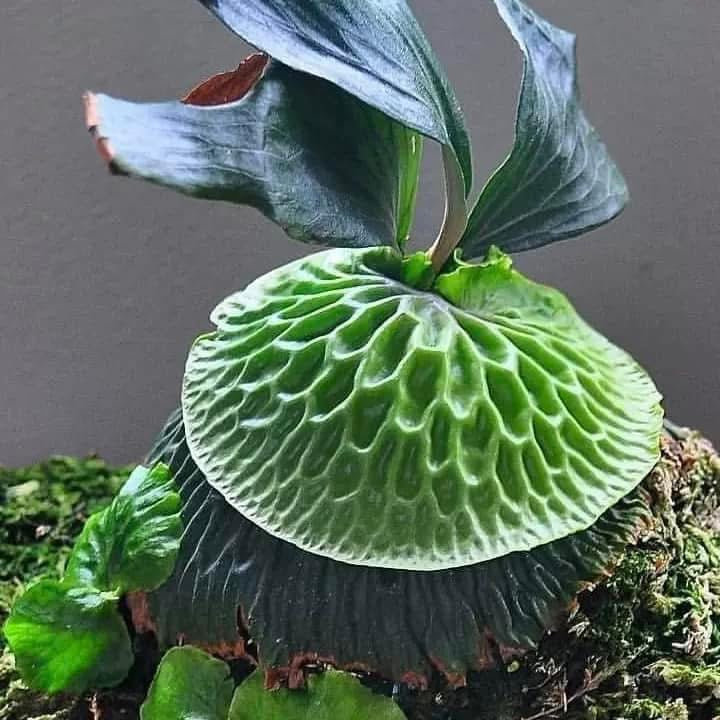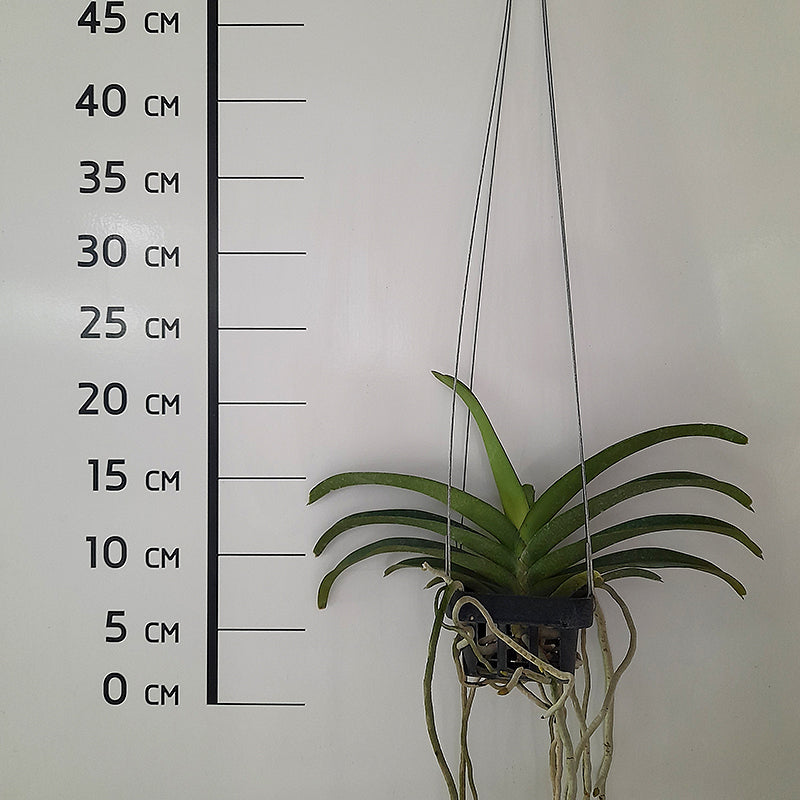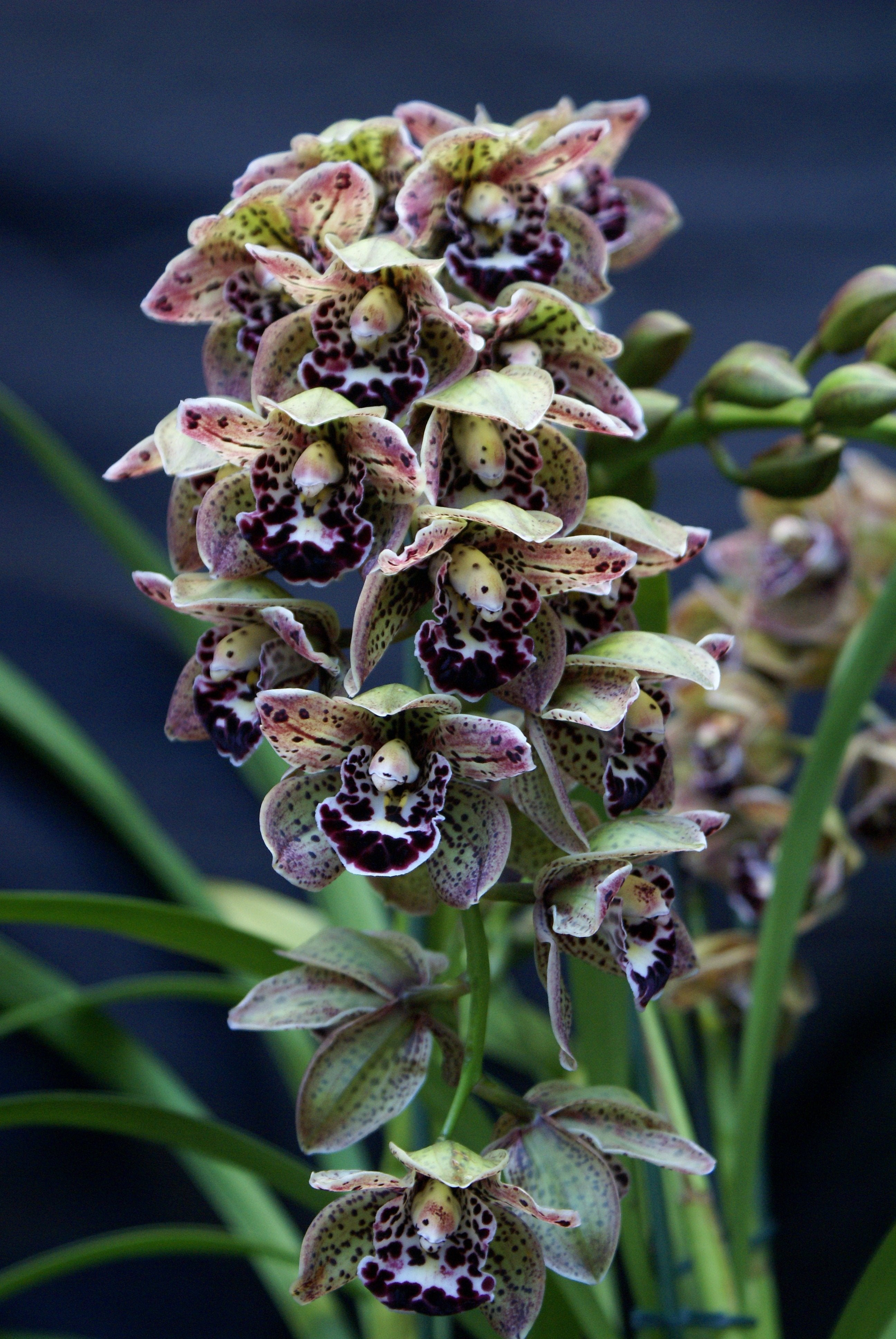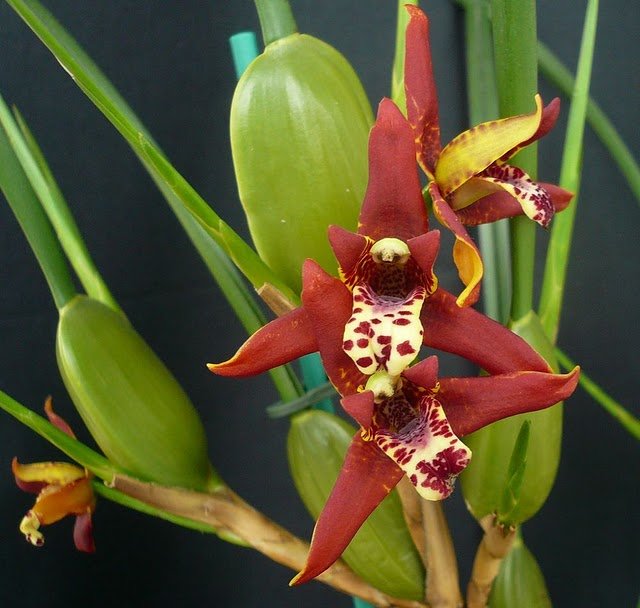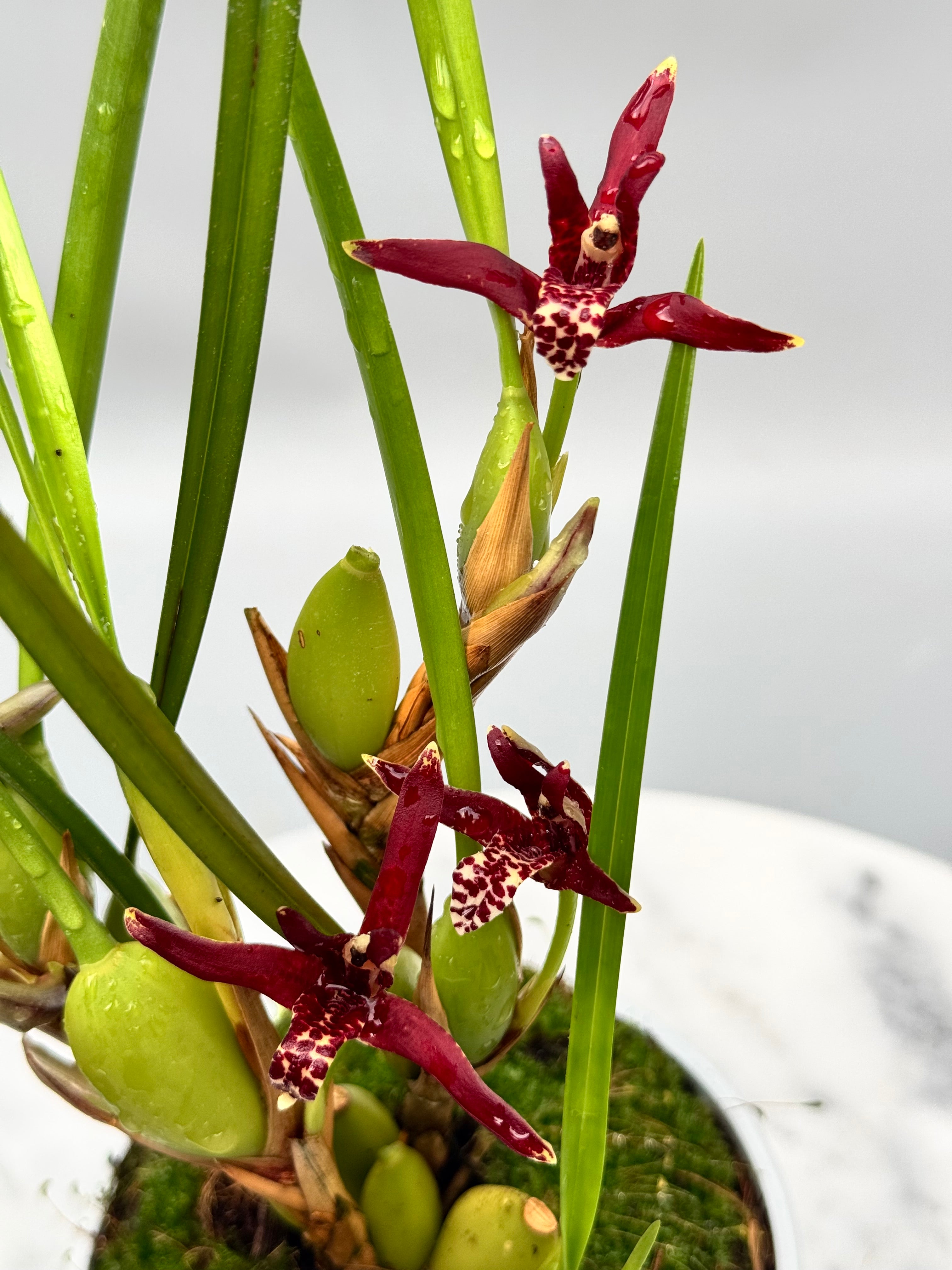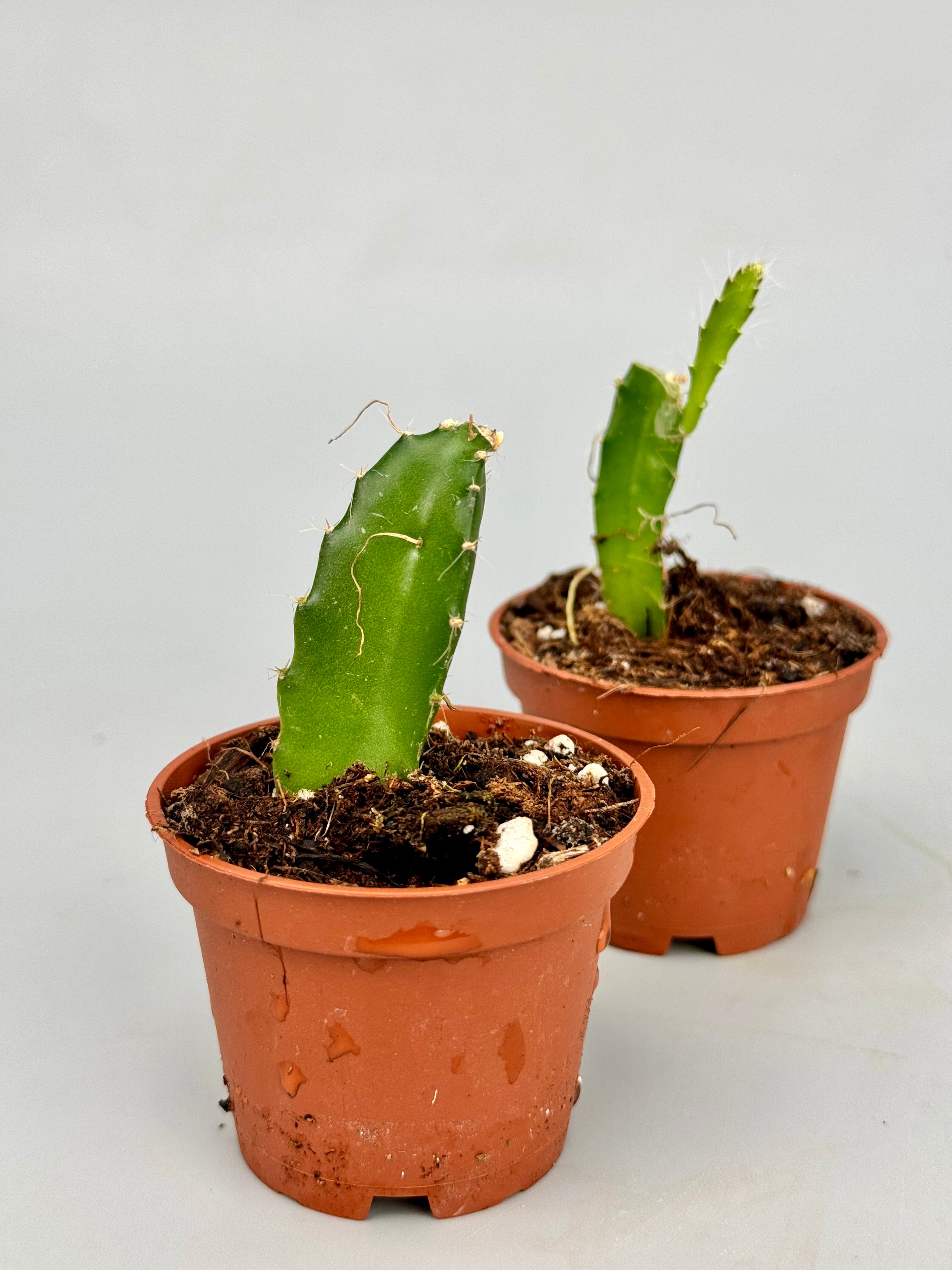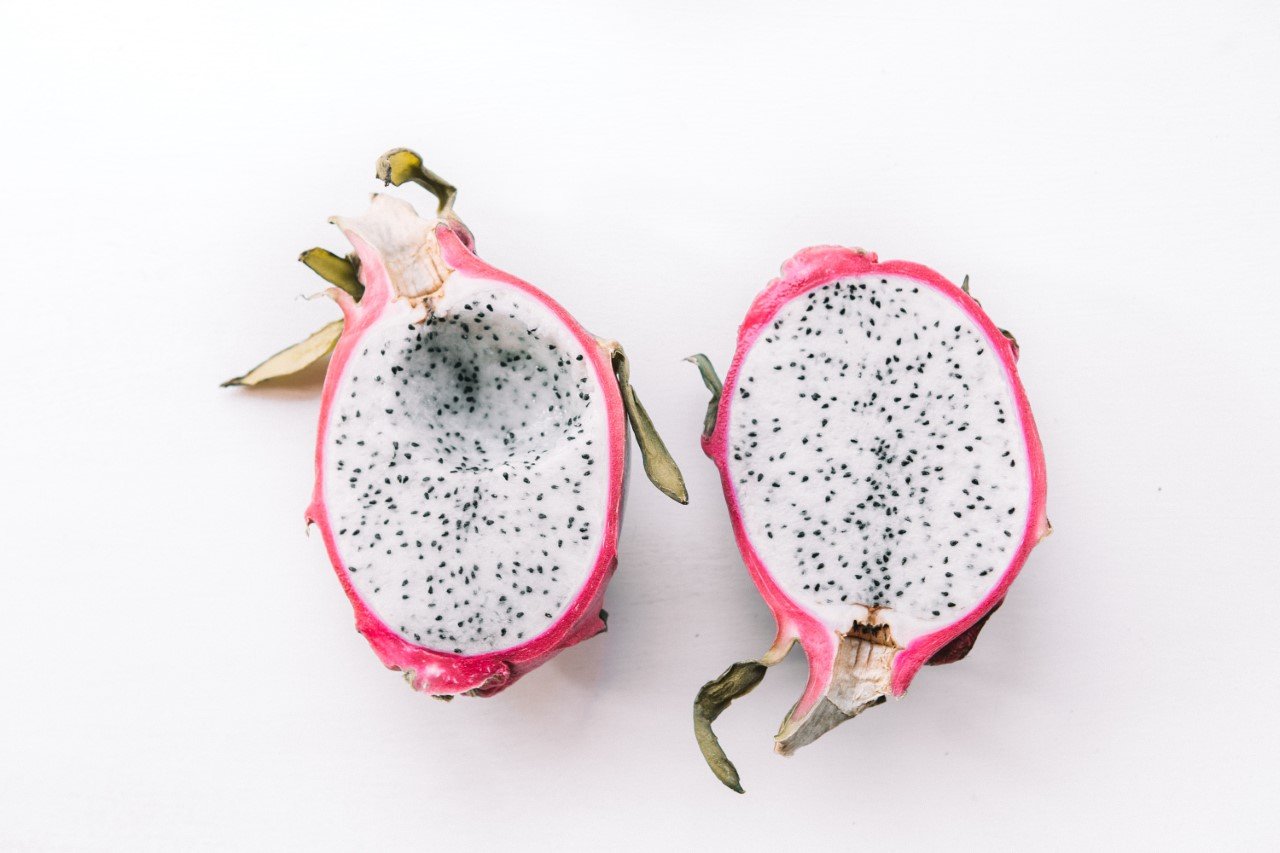Houseplants bring life and atmosphere to your home. Yet you may suddenly notice yellow, brown or curly leaves appearing. What does this mean? And more importantly, what can you do about it? In this blog you will read about the most common causes and get practical tips to get your plant healthy again.
Yellow leaves

Yellow leaves can have different causes, depending on the plant species and conditions. The most common causes are:
Too much water
In many houseplants, yellow leaves are a signal of root rot caused by too wet soil. The roots can then no longer absorb oxygen.
Too little light
Especially plants that like a lot of sun can yellow their leaves if they are too dark.
Lack of nutrition
A lack of important nutrients such as nitrogen can lead to yellow discoloration.
Natural aging process
Sometimes the oldest leaves simply discolor because they are giving way to new growth. This is normal, especially if only the lower leaves are affected.
What can you do?
First, check that the potting soil is not too wet. Let the soil dry out almost completely between waterings. Is your plant dark? Move it closer to a window. For nutrient deficiencies, you can choose a mild, appropriate plant food.
Brown leaves or brown edges

Brown leaves or brown leaf edges look alarming, but again, there are several possible causes:
Too little water
With dehydration, the cells in the leaf shrink, causing brown spots.
Air that is too dry
Especially in winter, when the heating is on, indoor air is often far too dry for tropical plants.
Burning from sunlight
Bright sun can literally scorch the leaves, especially in species that prefer partial shade.
Salt accumulation
Excess fertilizer can leave salts in the soil, causing damage to roots and leaf margins.
What can you do?
Feel the potting soil regularly and adjust your watering accordingly. Increase humidity with a humidifier or by spraying. Avoid direct sunlight if your plant cannot tolerate it. Flush the potting soil occasionally with demineralized water to flush out built-up salts.
Curled leaves

Leaves that curl, curl or deform are often a sign that the plant is experiencing stress:
Water shortage or excess
Both drought and root rot can cause leaves to curl up.
Too much direct sunlight
Some plants protect themselves from dehydration by curling their leaves in bright light.
Pests
Aphids, thrips or spider mites can damage leaf cells, causing leaves to become deformed.
Temperature fluctuations
Plants do not like sudden cold or drafts. This can cause stress, visible as curled leaves.
What can you do?
Check watering and adjust accordingly. Protect your plant from bright sunlight if necessary. Carefully inspect the leaves for pests and if infested, treat with an appropriate biological or chemical pesticide. Keep the ambient temperature stable and avoid drafts.
In conclusion
Leaf problems are often your plant's way of signaling that something is wrong. By observing carefully and ruling out causes step by step, in many cases you can restore your plant to health. Patience and attention are the key.

